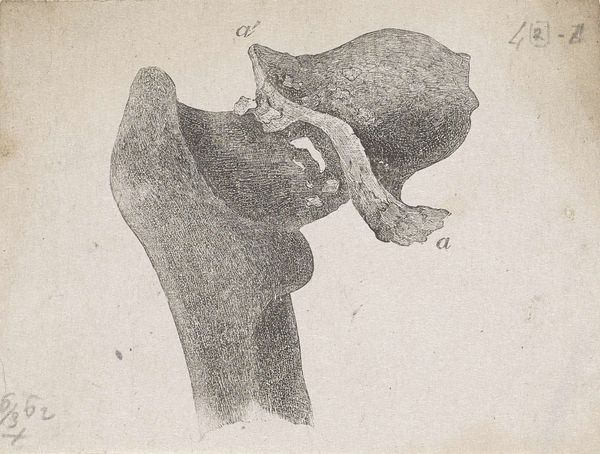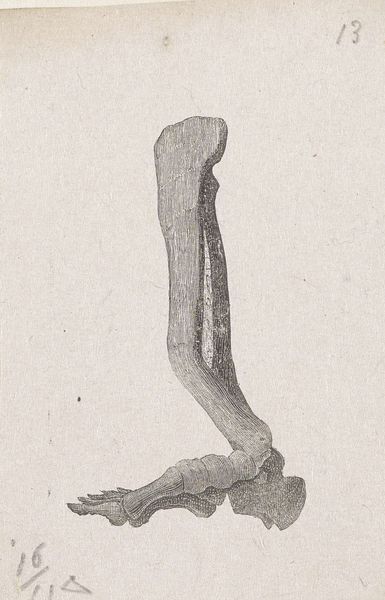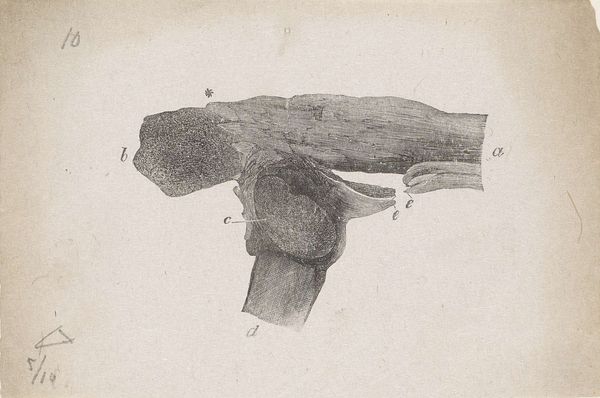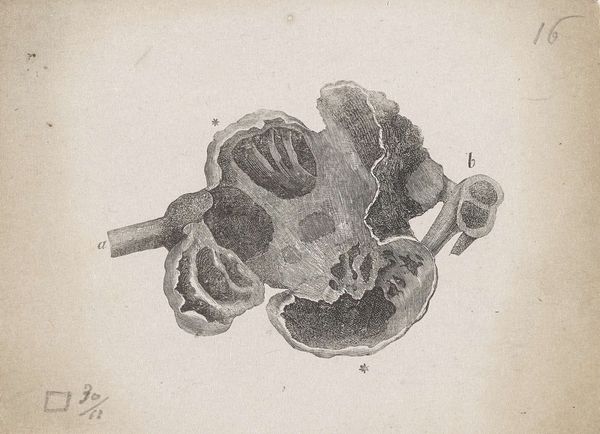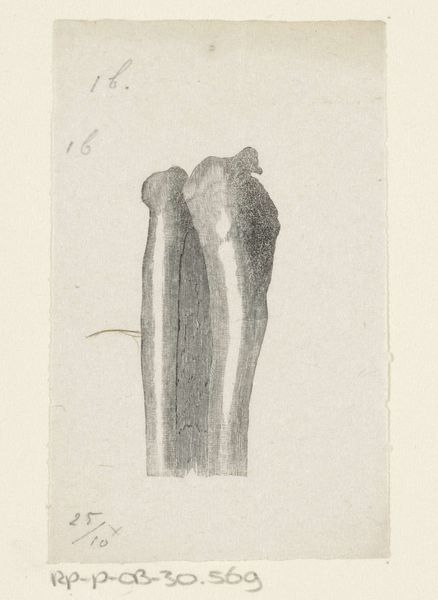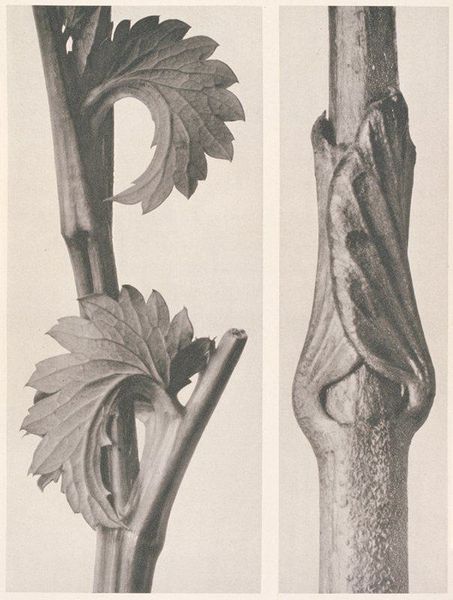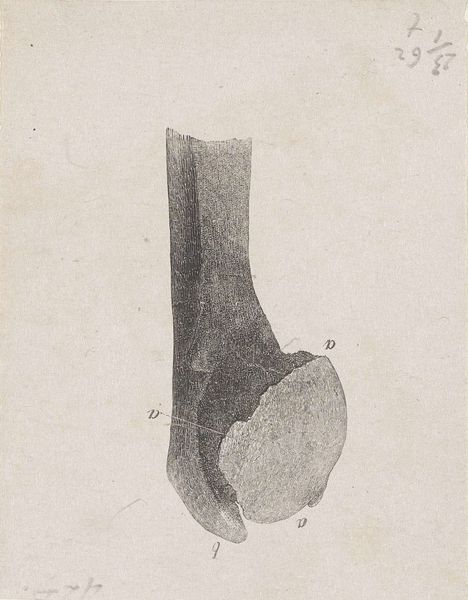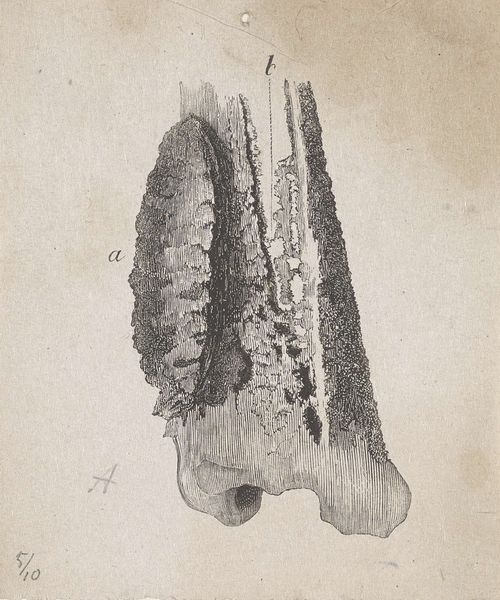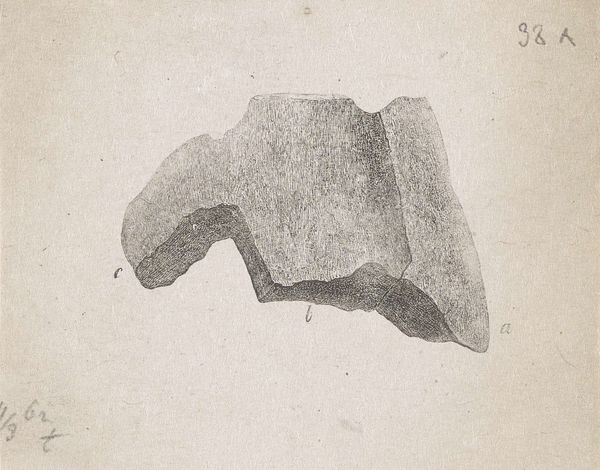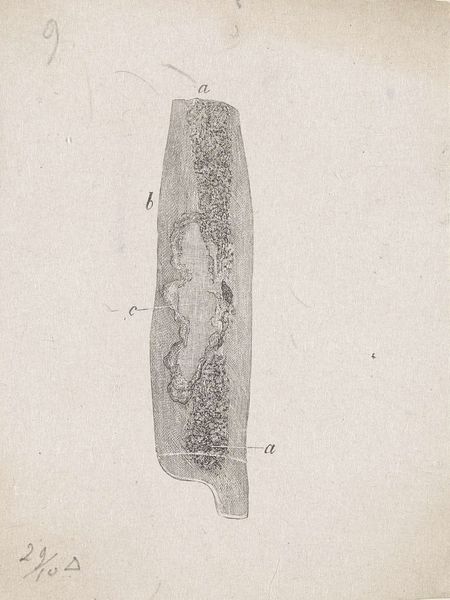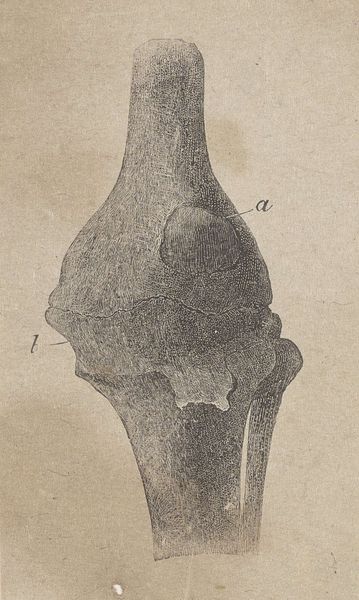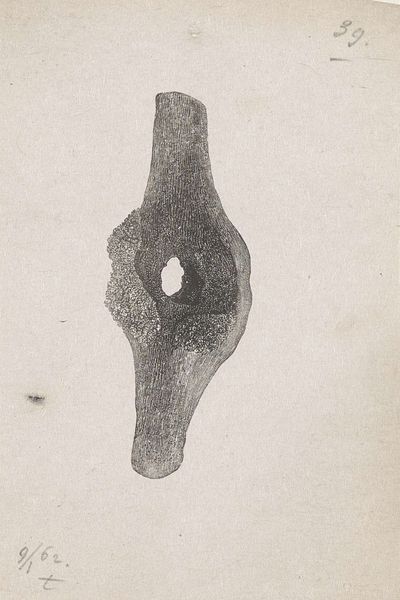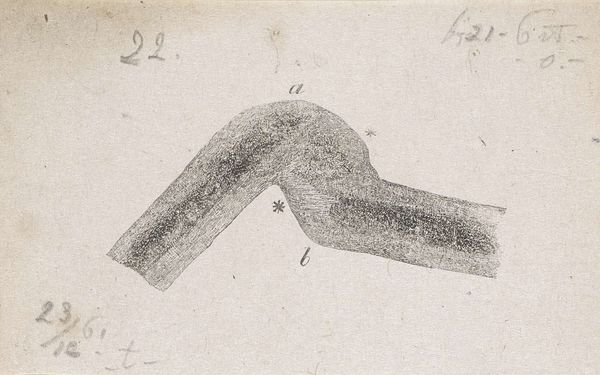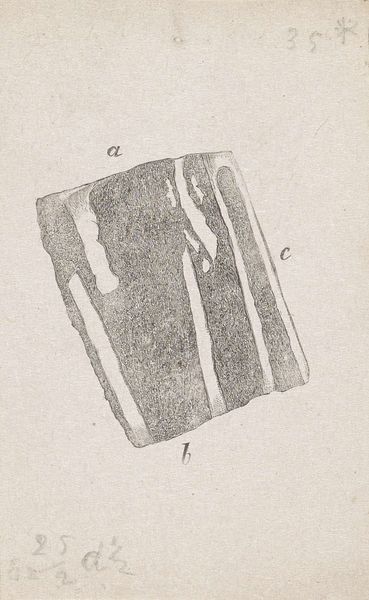
drawing, pencil
#
pencil drawn
#
drawing
#
pencil sketch
#
figuration
#
pencil drawing
#
pencil
#
pencil work
#
watercolour illustration
#
history-painting
#
academic-art
#
realism
Dimensions: height 123 mm, width 72 mm
Copyright: Rijks Museum: Open Domain
Curator: We're looking at "Menselijk bot met een afwijking," or "Human Bone with an Abnormality," a drawing made with pencil on paper, created sometime between 1836 and 1912. It's currently held at the Rijksmuseum. Editor: It strikes me immediately as almost...elegant, in its starkness. You wouldn't think a depiction of a damaged bone could be beautiful, but the careful shading gives it this ghostly, fragile quality. There's a strangeness here, but it's not gruesome. Curator: Precisely. It appears to be part of a larger tradition of anatomical studies which gained popularity at this time, and we can observe in this work an artistic record of the bone structure and its irregularities. Editor: Absolutely. But what grabs me is the way it speaks about our own physical vulnerability. That bone, that injury – it’s a tangible reminder of how easily the body can be compromised, but it’s interesting to wonder on whose body this was taken from, perhaps an old cadaver being studied by new budding academics. Curator: That's insightful. Considering the time frame, we could contextualize it within broader scientific and medical advancements and consider this kind of images also contributed to teaching materials within higher education institutions of medicine, with each careful line made under close observation in spaces such as medical anatomy labs. Editor: It almost feels like a dance with death, doesn’t it? A careful choreography of light and shadow examining the raw materiality, maybe this connects back to broader existential narratives that preoccupies many artists during those days. The damage could stand in for lots of human brokenness and vulnerability too. Curator: It could be an illustration made with the primary intention of depicting this malformation and thus contributing to the evolution of scientific knowledge that can influence our society in fundamental levels of caretaking. Editor: In this way, art and medicine do their strange duet, I see it now, bringing the dance to life. The more one dwells on the materiality of art, the more their worlds unite. Curator: Indeed, by bringing it back to material analysis, that has changed my reading as well. I see a different function being enacted here now, one less gruesome. Editor: A collaborative exploration that has given us some new bones to pick over, that’s for sure!
Comments
No comments
Be the first to comment and join the conversation on the ultimate creative platform.
